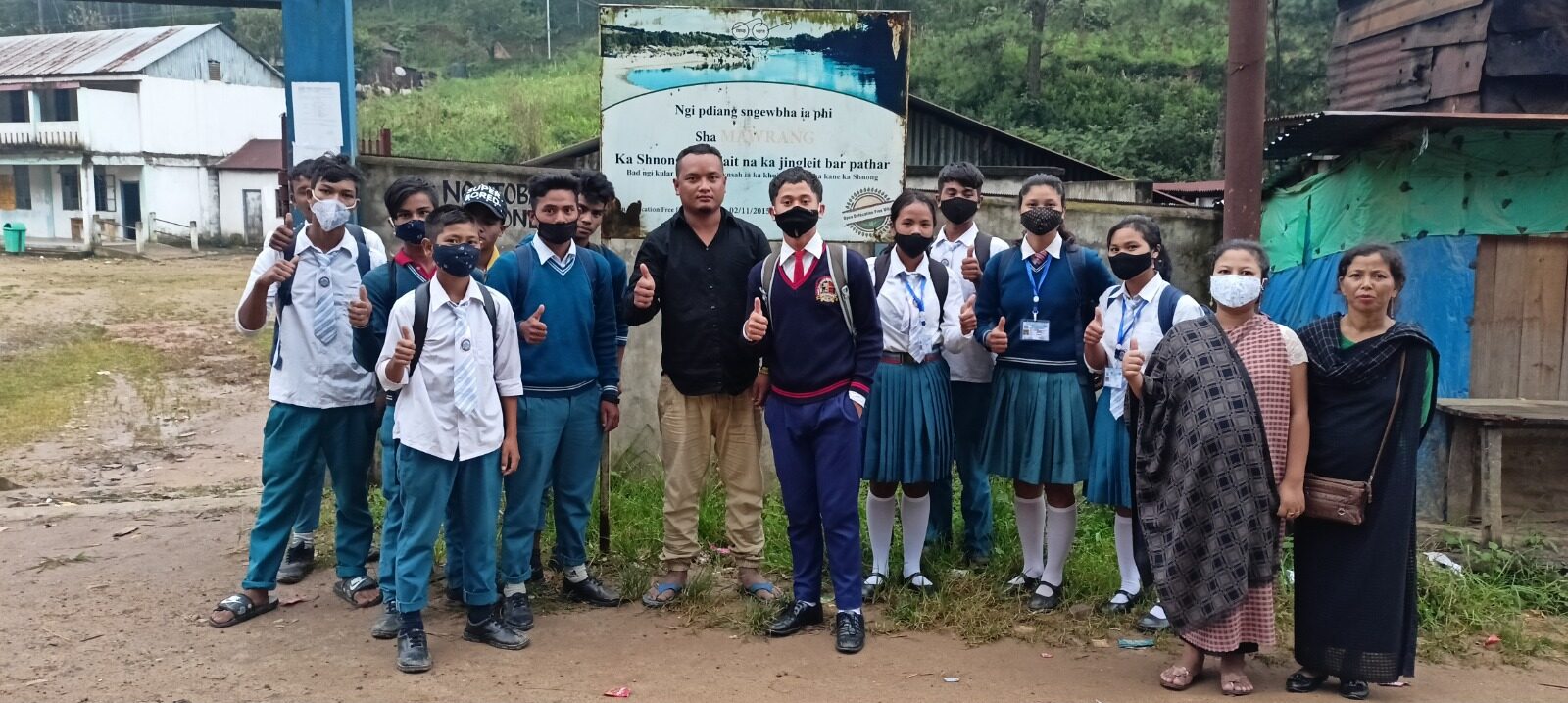When Prime Minister Narendra Modi honored Kunwar Bai, a 105-year-old resident of Dhamtari village in Chhattisgarh, as the face of the Swachh Bharat Mission (SBM) in 2016, she never imagined the profound impact she would have. A centenarian who had never seen a toilet in her life, Kunwar Bai’s village was declared Open Defecation-Free (ODF) in 2018, marking a significant change for her and her community.
A Century-Long Wait for Basic Sanitation
“All my life, I defecated in the open. I went to a jungle to relieve myself. Only in the last one and a half years have I finally got what I waited for so long – a toilet,” expressed Kunwar Bai with gratitude. Despite her lifetime spanning the era of Mahatma Gandhi’s teachings, she only saw this basic necessity in her later years, thanks to PM Modi’s commitment to Gandhian ideals.
Kunwar Bai’s story resonates with millions of Indians whose lives have changed since Swachh Bharat’s launch. Reflecting Mahatma Gandhi’s ideals of hygiene, social justice, and self-governance, PM Modi saw the need for cleanliness as encompassing both physical and societal responsibility, a cornerstone for a developed India.
In 2014, 60% of the world’s open defecation occurred in India, with only 4 in 10 households having access to safe sanitation.
A nation poised for global leadership needed a clear vision, a concrete plan, and accountability. The Swachh Bharat Mission (SBM) addressed this, aiming to solve basic problems at the grassroots level and contribute to a Viksit Bharat.
Launching Swachh Bharat Abhiyan
Prime Minister Narendra Modi launched Swachh Bharat Abhiyan on October 2, 2014, the 145th birth anniversary of Mahatma Gandhi, honoring his vision. SBM was designed to ensure that welfare reaches the last household and democracy the last person in line.
Ten years after SBM’s launch, over 12 crore toilets have been constructed, marking a transformational journey towards Viksit Bharat. Women, as primary caregivers, have emerged as key beneficiaries and changemakers in this mission. Let’s take a look at the key achievements.
1. Expanding Beyond Sanitation
Under SBM, households now have access to clean drinking water through the Har Ghar Jal scheme and gas connections via the PM-Ujjwala scheme. By prioritizing women’s needs, SBM ensures their participation, giving them a pivotal role in the household and society.
2. Women as Community Leaders
Women’s active involvement in SBM has brought social recognition and increased influence within their communities. By associating social status with having a toilet, women have inspired others to take charge, enhancing their household bargaining power and fostering community change.
3. Empowering Adolescent Girls and Improving Health
A survey on SBM found that 88% of rural women felt pride in owning a toilet, improving adolescent girls’ health and reducing menstruation-related illnesses. This improvement allows girls to focus on studies and personal growth, contributing to their economic self-sufficiency.
4. Boosting Education for Girls
Ensuring 100% toilet facilities in schools and Aanganwadis has increased girl child enrollment. This availability of sanitation facilities has positively impacted education and health, crucial for women’s empowerment and social progress.
5. Economic Benefits of Improved Sanitation
A UNICEF study noted that ODF villages save up to Rs 50,000 annually, with benefits exceeding costs by 4.7 times. SBM has also created 75 lakh full-time jobs, boosting the economy and showcasing the long-term value of Swachh Bharat.
6. Reducing Infant Mortality and Enhancing Maternal Care
With over 5.5 lakh ODF+ villages, SBM data links better sanitation with lower infant mortality. The International Food Policy Institute credits SBM with preventing 60,000–70,000 deaths from 2011 to 2020. Increased sanitation access directly benefits maternal and child health, further supported by programs like Janani Suraksha and PM Matru Vandana Yojana.
Swachh Bharat has addressed gender inequalities, providing dignified facilities, economic opportunities, and active roles for women.
Initiatives like Lakhpati Didi and Namo Drone Didi have empowered women with livelihood opportunities, enhancing their community involvement and national progress.
In PM Modi’s Mann Ki Baat, Swachh Bharat has been a recurring theme, mentioned almost 90 times across 114 episodes. Terms like “cleanliness,” “sanitation,” and “waste to wealth” underscore his unwavering commitment to a cleaner, developed India.
Swachh Bharat is just the beginning of India’s journey towards a Viksit Bharat—a developed, prosperous, and clean India under PM Modi’s visionary leadership. Through this mission, India stands poised to achieve a future that upholds dignity, health, and empowerment for all.
Also Read – Swachh Bharat Mission: From Shadows to Dignity







